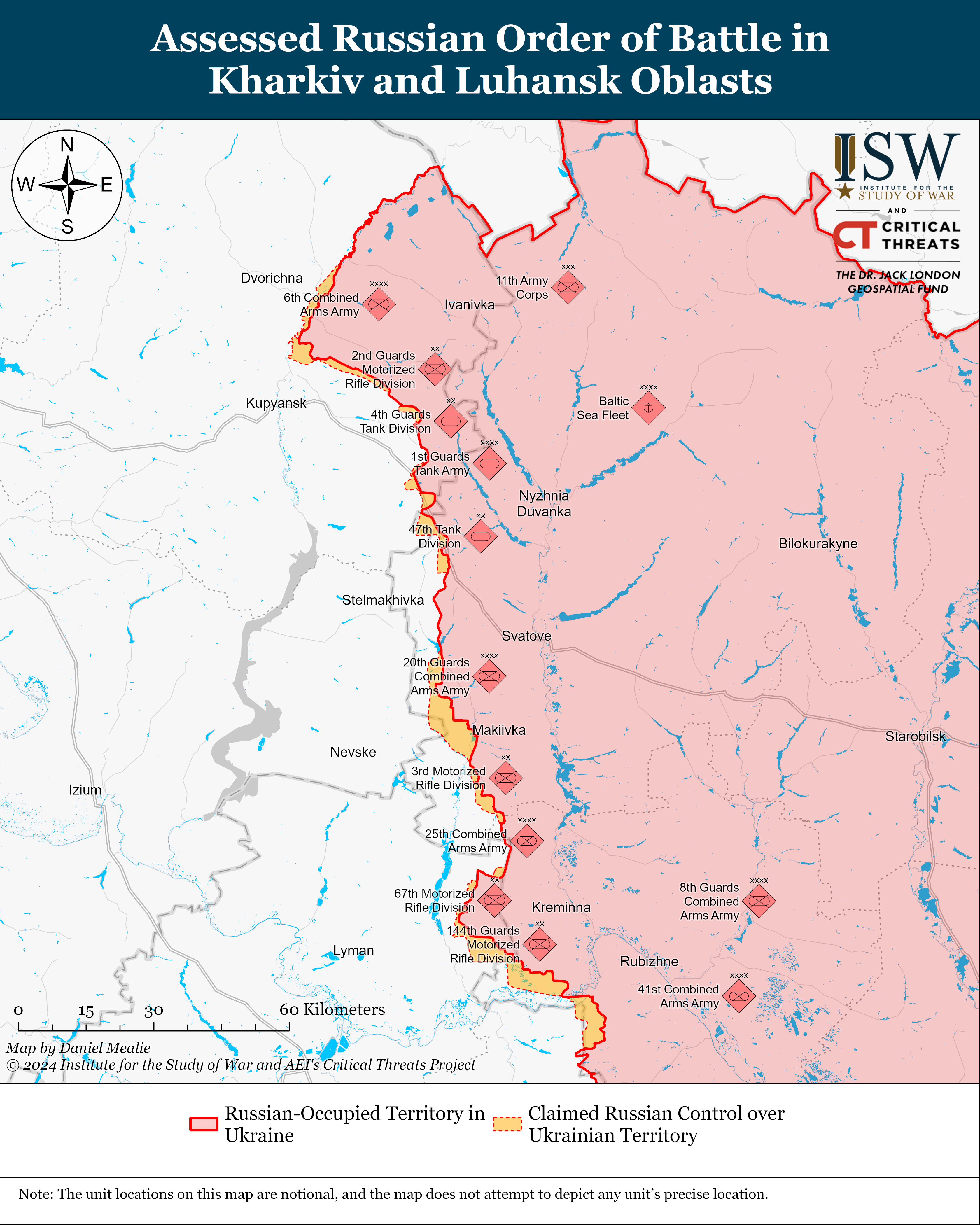
Russia can reconstitute itself as a serious threat to Ukraine in the long run despite facing severe force generation problems at this time, according to the report of the Institute for the Study of War (ISW) for April 13, with reference to Deputy Chief of the Main Operational Directorate of the General Staff of Ukraine Oleksiy Khromov.
The ISW emphasizes that the United States and NATO should not underestimate Russian capabilities in the long term, since the Russian Federation “can regenerate by leveraging its population and defense industrial base (DIB) to threaten Ukraine and NATO if Russian President Vladimir Putin decides to fundamentally change Russia’s strategic resource allocation over the long run.”
“The Kremlin has not yet undertaken the necessary reorganization of its war effort to effectively leverage economies of scale to support large-scale Russian force generation … The Kremlin’s decision to continue relying on financially incentivizing voluntary recruits with both one-time payments and accrued lifetime benefits will create large long-term structural costs and will not be sustainable indefinitely,” the report reads.
The ISW also notes that the Russian Federation currently cannot conduct several offensive operations at the same time. “Russian forces deployed unspecified Russian forces from the Avdiyivka area of operations to reinforce offensive operations around Bakhmut and that Russia has lost about 4,000 Wagner and conventional personnel in Bakhmut since around March 30,” the message says.
On Thursday, the occupiers continued limited ground attacks along Svatove-Kreminna line in Luhansk region, continued to advance in Bakhmut, Donetsk region, and continue ground attacks along Avdiyivka-Donetsk line. Also, the Russian occupiers continue to strengthen their positions in the south of Ukraine, preparing for a possible counteroffensive by Ukrainian troops.